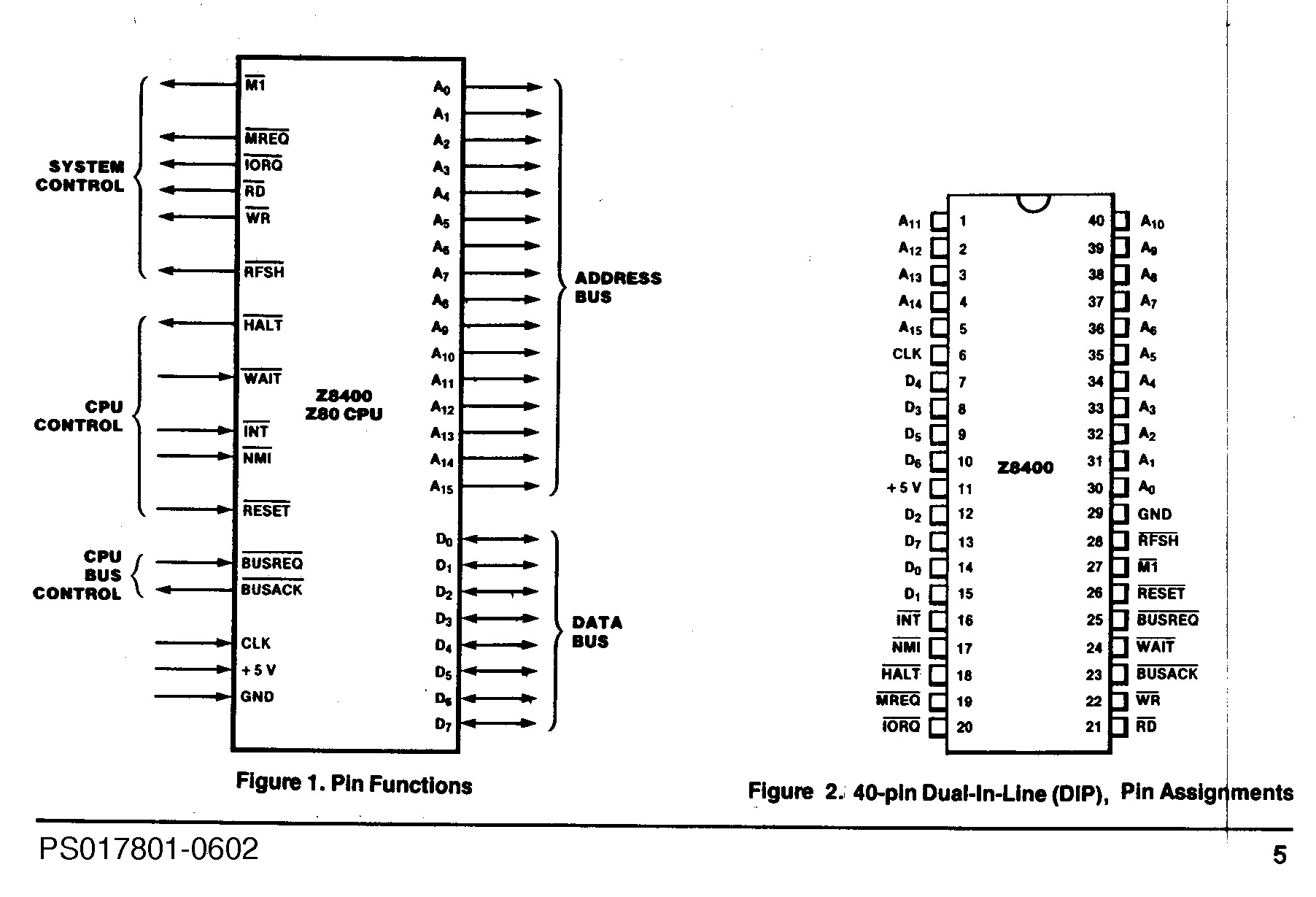
This project would not have been possible if it were not for the Altera University Program which provided both an Altera DE0 and DE0-Nano FPGA Development boards. • Mount operating system to SD Flash Memory - MS-DOS 6.22 was placed byte-by-byte onto a 128 megabyte SD flash memory card to allow a visual means to determine that the. Altera Monitor Program Tutorial For Quartus II 11.0 1Introduction. •Examine and modify the contents of memory, as well as memory-mapped registers in I/O devices. Which shows the path where the Altera University Program Material will be installed. If the path is incorrect.
Altera University Program Flash Memory Demonstrations

Altera University Program Flash Memory Demonstration Download
Programmable Logic has become more and more common as a core technology used to build electronic systems. By integrating soft-core or hardcore processors, these devices have become complete systems on a chip, steadily displacing general purpose processors and ASICs. In particular, high performance systems are now almost always implemented with FPGAs. This course will give you the foundation for FPGA design in Embedded Systems along with practical design skills. You will learn what an FPGA is and how this technology was developed, how to select the best FPGA architecture for a given application, how to use state of the art software tools for FPGA development, and solve critical digital design problems using FPGAs. You use FPGA development tools to complete several example designs, including a custom processor. If you are thinking of a career in Electronics Design or an engineer looking at a career change, this is a great course to enhance your career opportunities.Hardware Requirements: You must have access to computer resources to run the development tools, a PC running either Windows 7, 8, or 10 or a recent Linux OS which must be RHEL 6.5 or CentOS Linux 6.5 or later. Either Linux OS could be run as a virtual machine under Windows 8 or 10. The tools do not run on Apple Mac computers. Whatever the OS, the computer must have at least 8 GB of RAM. Most new laptops will have this, or it may be possible to upgrade the memory.